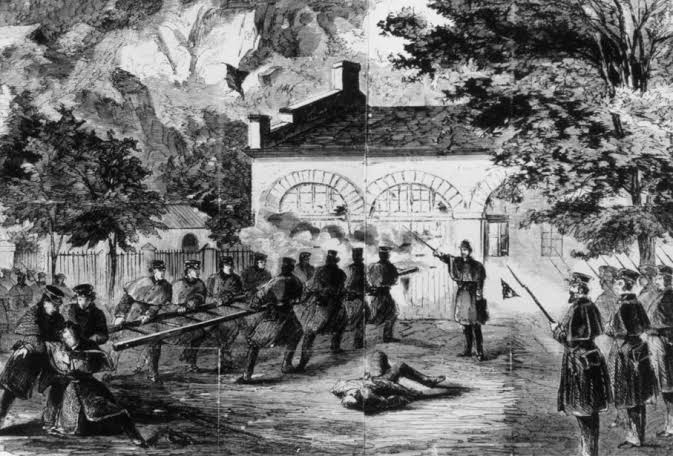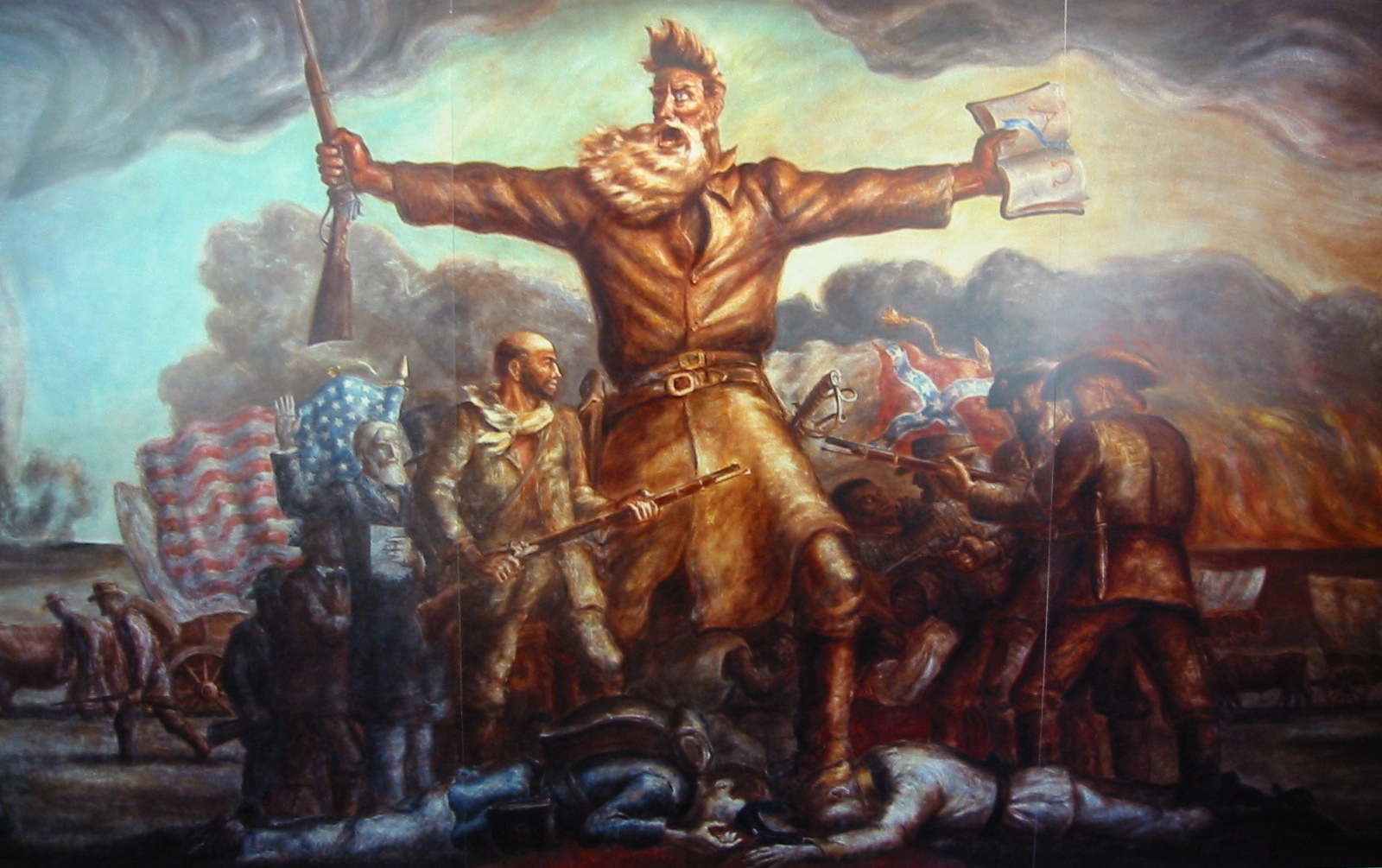Reference




OpenAI's Answer
John Brown's raid on Harpers Ferry was a pivotal event that escalated tensions before the American Civil War. On October 16, 1859, Brown, a militant abolitionist, led a group of 21 men in a raid on the federal armory at Harpers Ferry, Virginia (now West Virginia). The goal was to seize the arsenal, distribute weapons to slaves, and spark a slave rebellion that would eventually lead to the abolition of slavery.
The raid, however, was poorly planned and executed. Brown's men were quickly surrounded by local militia and U.S. Marines led by Colonel Robert E. Lee. After a 36-hour standoff, Brown was captured, and most of his men were killed or wounded. Brown was later tried, convicted of treason, and executed by hanging on December 2, 1859.
The raid and its aftermath had significant consequences:
- National attention: The raid drew national attention, highlighting the deepening divisions between the North and South over slavery.
- Polarization: The event polarized public opinion, with many Northerners viewing Brown as a martyr and a hero, while Southerners saw him as a terrorist and a threat to their way of life.
- Influence on the 1860 election: The raid and its aftermath influenced the 1860 presidential election, with Abraham Lincoln's victory seen as a response to the growing threat of slavery.
- Escalation of violence: The raid marked a turning point in the escalation of violence leading up to the Civil War. It demonstrated that the conflict over slavery would not be resolved through peaceful means.
In the words of historian David S. Reynolds, "John Brown's raid on Harpers Ferry was a catalyst for the Civil War, a spark that set off a chain reaction of events that would lead to the bloodiest conflict in American history." (Source: David S. Reynolds, "John Brown, Abolitionist: The Man Who Killed Slavery, Sparked the Civil War, and Seeded Civil Rights")
Here are some images related to John Brown's raid on Harpers Ferry:
Image 1: John Brown's armory and engine house building, 1859
Image 2: John Brown's Raid on Harpers Ferry
Image 3: John Brown's Raid on Harpers Ferry, 1859
Image 4: Map of John Brown's Raid on Harpers Ferry
These images provide a visual representation of the events surrounding John Brown's raid on Harpers Ferry, highlighting the significance of this pivotal event in American history.
Follow Up
Related
What is the origin of the tune for 'John Brown's Body'?
How did President Ronald Reagan contribute to the myth regarding Mary Babnik Brown?
Who was responsible for moving the Cleveland Browns to Baltimore and what became of the team?
What was the myth about Mary Babnik Brown’s hair used in World War II?